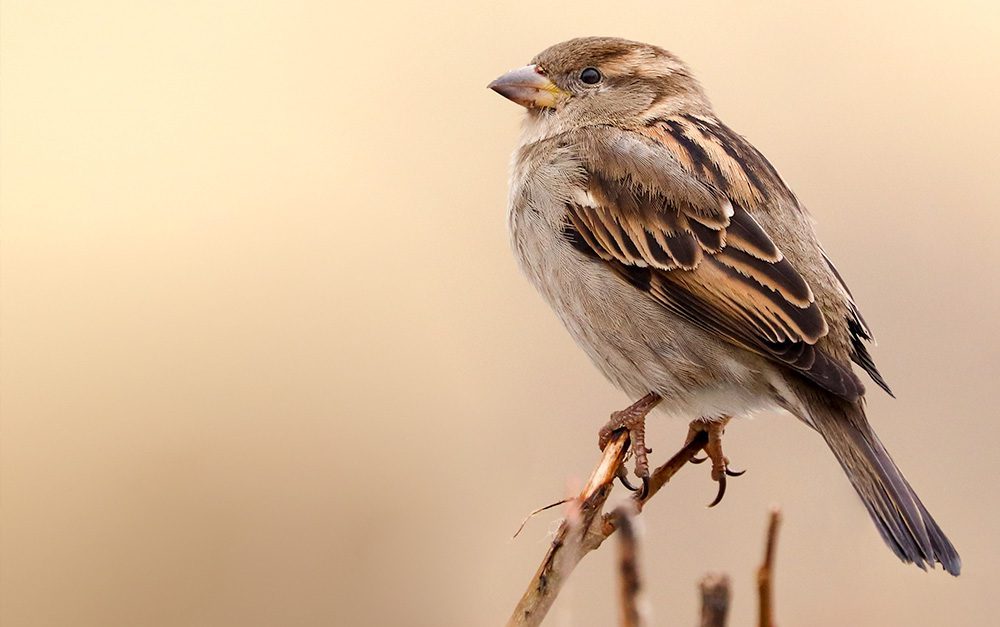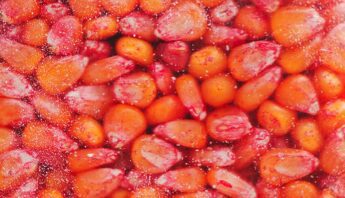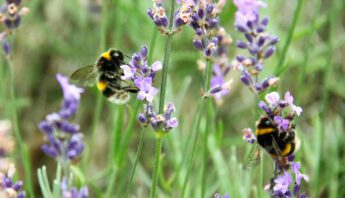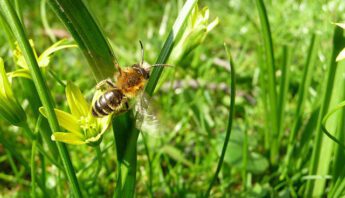Earlier this week, we announced that, with our partners at Center for Food Safety, we’re suing the Environmental Protection Agency (EPA) for failing to regulate insecticide-coated seeds. Just because these pesticides aren’t applied as a spray doesn’t mean they aren’t dangerous. Communities, pollinators, wildlife, and our environment need protection from their harmful impacts.
Not a “safer” pesticide
Neonicotinoids, or neonics, were originally marketed by the agrochemical industry as a safer alternative to other insecticide products on the market. And over the last two decades, they have become the most widely used class of insecticides globally. Neonicotinoid compounds are used in more than 120 countries with at least 140 different crop uses.
It turns out neonics are unquestionably dangerous to wild pollinators and honeybees. Neonicotinoids can move through the plant into pollen and nectar, the principal food sources for key pollinator species and the dust from treated seed can drift during planting. Researchers are also finding that neonic products pose significant risks to birds and large mammals — including humans.
Last year, the EPA released biological evaluations for three major neonicotinoid active ingredients — clothianidin, thiamethoxam, and imidacloprid — and found the insecticides likely to adversely affect 67% to 79% of endangered species in the United States. In 2021, residents of Mead, Nebraska suffered serious health effects from the fumes and runoff of a nearby ethanol plant processing thousands of pounds of unused and discarded pesticide-treated corn seed from across the country.
Pesticide-coated seeds are still pesticides
Neonic insecticides can be applied to the soil or leaves of the target plants, but the most common application method is to plant seeds that are pre-treated with the pesticide. Crops grown from pesticide-coated seeds, including corn, soybeans, and sunflower seeds, cover over 150 million acres of U.S. farmland each year.
Neonics are systemic pesticides, meaning they’re absorbed into plants’ roots, leaves, fruit, and pollen, eventually finding their way into soil and waterways. More than 80% of the neonicotinoid coating can escape the target plant and contaminate the air, soil, and waterways of the surrounding environment. Yet despite all this, a loophole remains at the EPA that allows treated seeds to avoid regulation by the agency. This is why we’re suing.
Years of disregard
PAN and partners have been ringing the alarm bells over treated seeds and their lack of regulation for years. Center for Food Safety first brought legal action to EPA over the treated seeds regulatory loophole in 2017, and our current joint lawsuit is a response to the agency denying a prior petition that they ignored for many years. It took another joint lawsuit, which PAN also participated in, to force EPA to respond in the first place.
Senior Scientist Margaret Reeves, who has been involved in the neonic lawsuit process since its inception, shared frustration that the seed treatment loophole continues to persist. “For too long, EPA has allowed pesticide-coated seeds to jeopardize threatened and endangered species across the country. EPA must close the regulatory loophole for toxic pesticide-coated seeds to prevent further harm to wildlife, ecosystems, and people.”
While it might be frustrating, we’re motivated to continue with the process and demand change. We’re keeping the pressure on.







